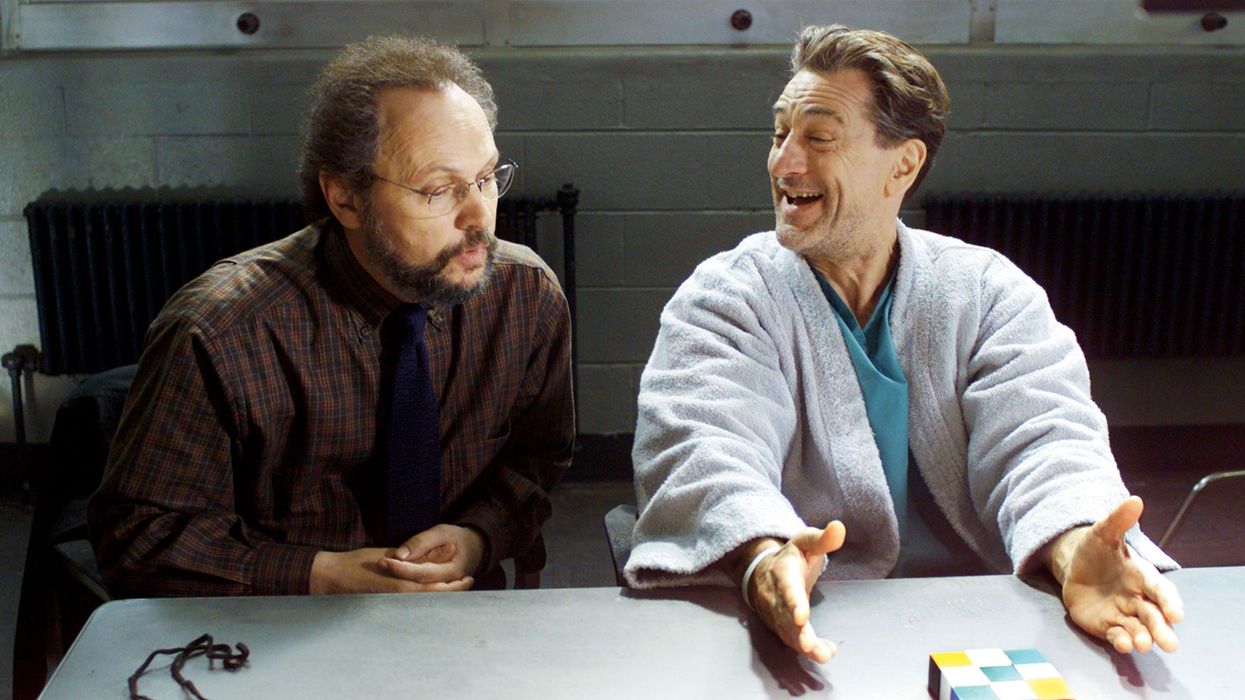How to Figure Out the Note Behind the Note
Sometimes, as a writer, you also have the analytical skills of a psychologist.

Analyze That
This past week, I received notes on three different spec screenplays I have out in the world. Some came from directors, some came from development executives, and some came from my manager.
Needless to say, it was a humbling week.
If you want to be a writer in Hollywood, then getting notes is something that happens all the time. And guess what—not all of them will make a lot of sense.
That's because, most of the time at least, you're going to have to decipher the note behind the note.
And that's not always easy. Trust me.
Today, I'm going to dive into strategies for picking apart the note behind the note to help you get to the heart of what needs to change within your screenplay.
Let's get started.
How to Figure Out the Note Behind the Note
When I first broke into screenwriting I had the hardest time interpreting notes. I would get ideas from executives and just put them into writing, then I would submit the screenplay back and get the same note or something similar again.
That's because a lot of times I was addressing every note as if they were literal.
And many are not.
The note behind the note refers to the feeling someone has that they cannot express perfectly. It's a thing they feel is wrong, and they maybe don't use the best words to communicate that.
In order for you to reinterpret it, you need to use patience, and to practice a lot. You'll also need a keen sense of awareness. It's about reading between the lines and understanding the broader context of the communication.
Here's a few strategies I employ:
- Use Contextual Analysis: Look beyond the literal words or feedback. Consider the context, the relationship with the person providing feedback, and the circumstances under which the feedback was given.
- Ask Questions: If unsure about the feedback, ask clarifying questions to understand the intent behind it.
- Reflect on Past Interactions: Previous interactions can provide insights into what the person might actually mean or expect.
- Take Perspective: Try to understand where the other person is coming from and what their motivations might be.
- Consider Cultural Context: Be aware of cultural nuances that might influence how messages are conveyed and received.
For me, that usually gets me closer to the tone of what they're going for, and then I try to make changes according to that. Or ask for specific moments they feel like are not working.
Remember, if they're taking the time to read and note your work, they care about it (and maybe you) too. You have he same goals, just get on the same page and take the story forward.
The ability to read between the lines can lead to deeper understanding and more effective responses. A great book that applies this skill to screenwriting is called Invisible Ink—we highly recommend.
And remember, this skill is honed over time through practice, patience, and a willingness to look beyond the surface.
This is about not only getting to know your screenplay, but the person who read it as well.
Let me know what you think in the comments.
- How to Give Notes That Help and What AI Will Do to Filmmaking ›
- What Does "The Note Behind The Note" Mean? ›
- How to Give Notes on a Script ›











